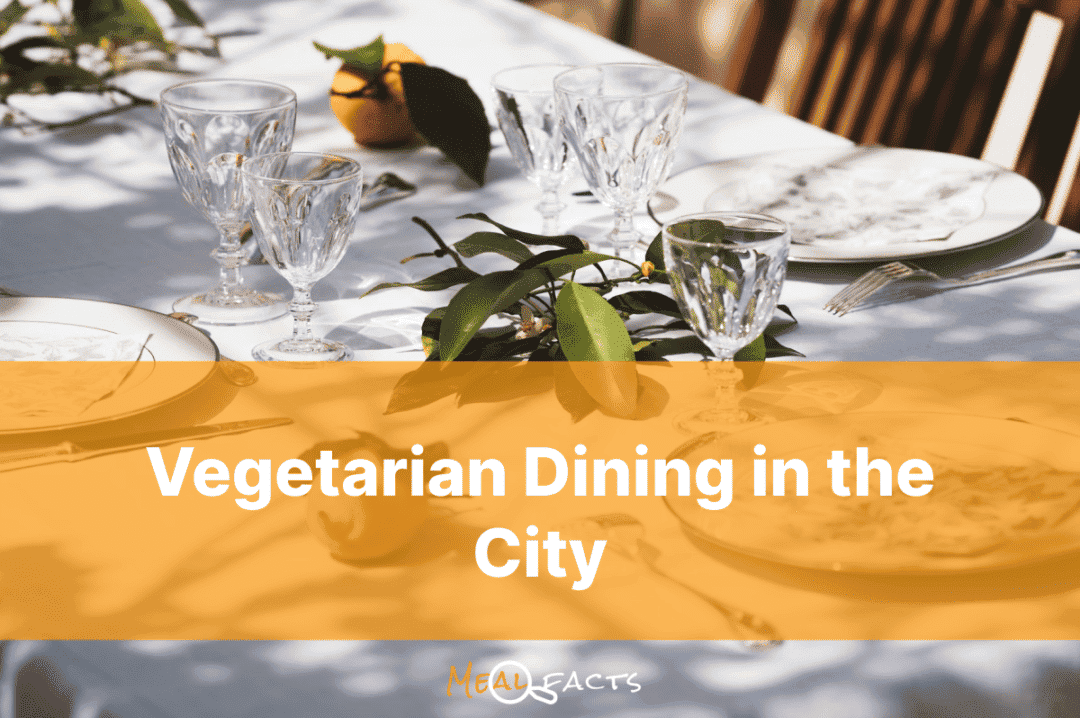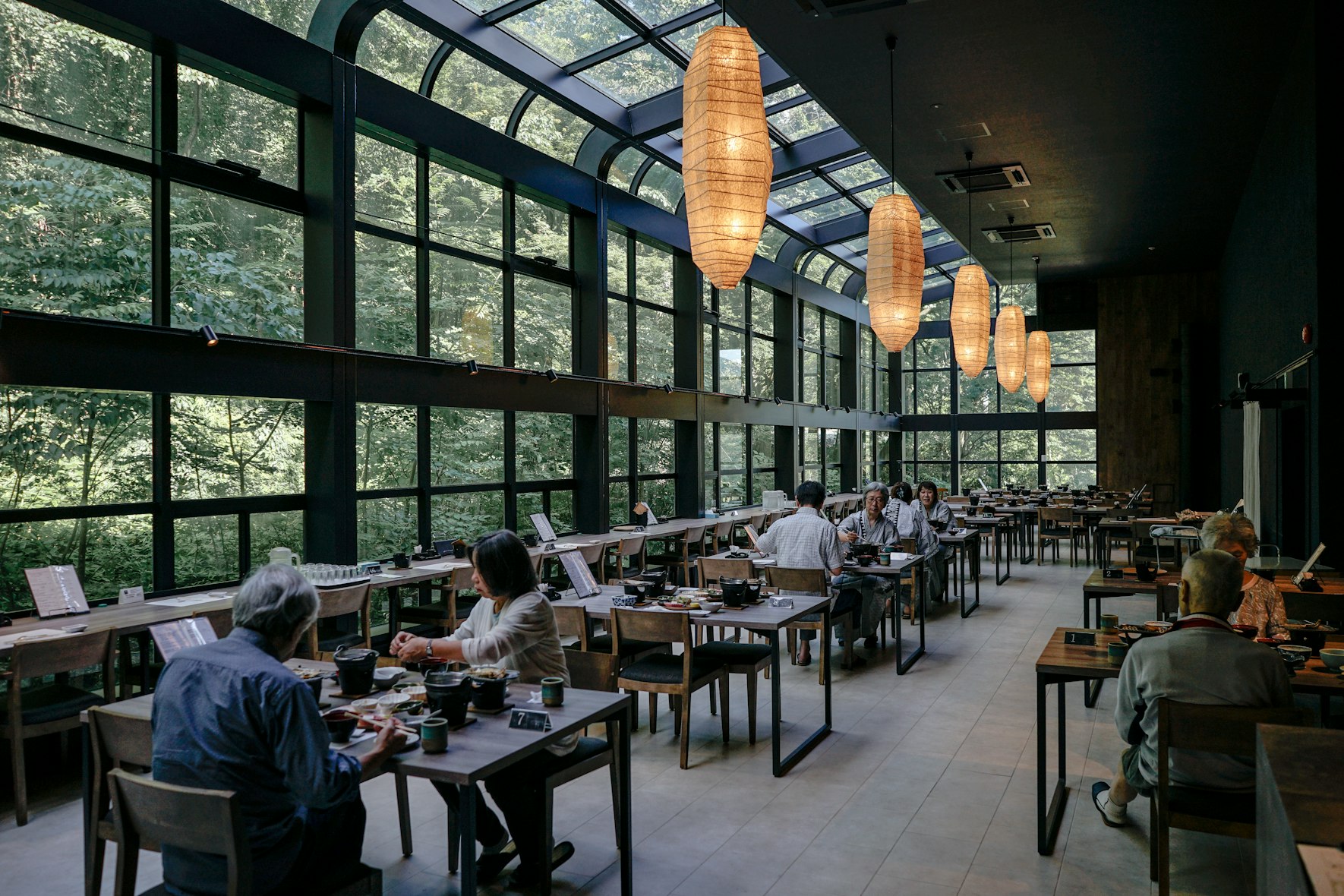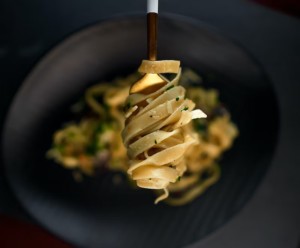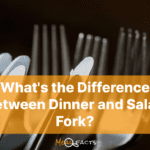
Fine Vegan Dining
Vegans and vegetarians may find dining out to be a difficult experience. Some establishments do not cater to vegetarians or vegans, while others may not advertise their meatless offerings. Furthermore, vegetarians may avoid components such as butter, chicken or beef stock, and gelatin, which are commonly used in vegetable meals. Restaurants are responding to client desires by adding or expanding Fine Vegan Dining.
For vegans and vegetarians, remembering a few useful hints may make dining out more enjoyable.
Table of Contents
Menu options
To begin, look for symbols such as a ‘V‘ or ‘a leaf‘ on menus that designate foods as vegetarian or vegan. If you’re unsure, ask the wait staff. Servers are increasingly being educated to cater to the demands of non-meat eaters.
Don’t be hesitant to ask for something unique. Some chefs may produce a meal that isn’t on the menu or change one that is on the menu to meet your needs. Alternatively, as a main entrée, order vegetarian appetisers or side dishes. Request a vegetarian lunch in advance for weddings, business celebrations, or other catered events, or ask the wait staff to substitute beans or vegetables for the meat on your dish.
Also Read: This Weight-Loss Secret Can Get You Started Right Away

Quick Service Restaurants
It might be difficult to find vegetarian alternatives at fast food restaurants, but many now offer salad menus and sandwiches with veggie or meat replacement fillings.
Breakfast products, especially for lacto-ovo vegetarians, are frequently vegetarian-friendly.
Dinner Guests
Is it possible to eat at a friend’s house? If only one main meal is offered, this might be difficult. If you’re invited to a lunch at someone’s place, let your host know ahead of time the things you can’t eat. You might also propose bringing a vegetarian meal to share.
Travel
Vegetarian passengers are increasingly being catered to by airlines, railways, and cruise ships. Check with transportation companies to determine whether they provide vegetarian choices before planning a trip. Vegetarian dinners, fruit platters, and vegan and lacto-ovo vegetarian menu alternatives are frequently available. If in doubt, bring along some vegetarian snacks like almonds and dried fruit.
Cuisine from around the world
Vegetarians will often find global cuisine restaurants to be suitable. Asian cuisines, such as those from China, Japan, Thailand, and Vietnam, provide a range of vegetarian alternatives, such as rice and noodle meals with veggies and tofu. Whether you don’t eat fish, though, ask the wait staff if any of the meals contain fish or oyster sauce. Indian, Sri Lankan, Burmese, Pakistani, and Nepalese cuisines are noted for their vegetarian meals made with breads, lentils, beans, rice, curried vegetables, and yoghurt. If you don’t eat dairy, make sure your recipes are made with vegetable oil rather than popular dairy products like ghee (clarified butter), cream, or paneer (a type of cheese).
Also Read: Differences Between Buttermilk and Heavy Cream: What You Need to Know
Spaghetti primavera, pasta marinara, falafel, couscous, minestrone soup, eggplant dishes, Greek salads, and tabbouleh are just a few of the vegetarian alternatives available in Italian, Greek, and Middle Eastern cuisines. If you’re on a low-sodium diet, olives and feta cheese are rich in sodium and should be avoided. For sautéed items, dressings, and sauces, Mediterranean restaurants may use a lot of oil, which adds fat and calories to the cuisine. When choosing your meal, keep this in mind.
Vegetarian-friendly Burritos, fajitas, tacos, enchiladas, quesadillas, and tamales prepared with rice, beans, and cheese are examples of Mexican food. Vegetarian Spanish rice, guacamole, and salsa are all available (just make sure the rice isn’t cooked with chicken stock). If you’re concerned about fat in refried beans, ask the restaurant staff. Order meals without cheese and sour cream if you don’t consume dairy.







